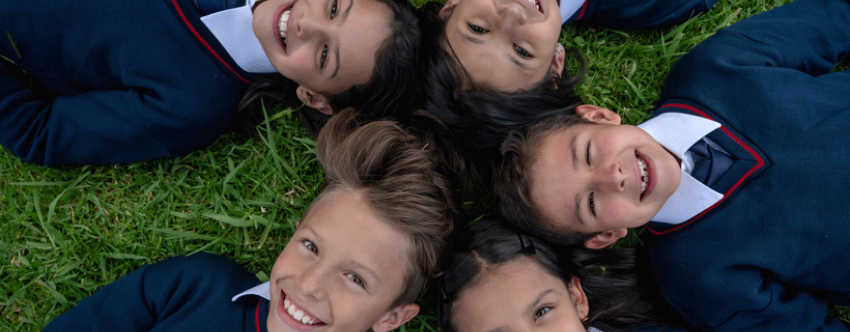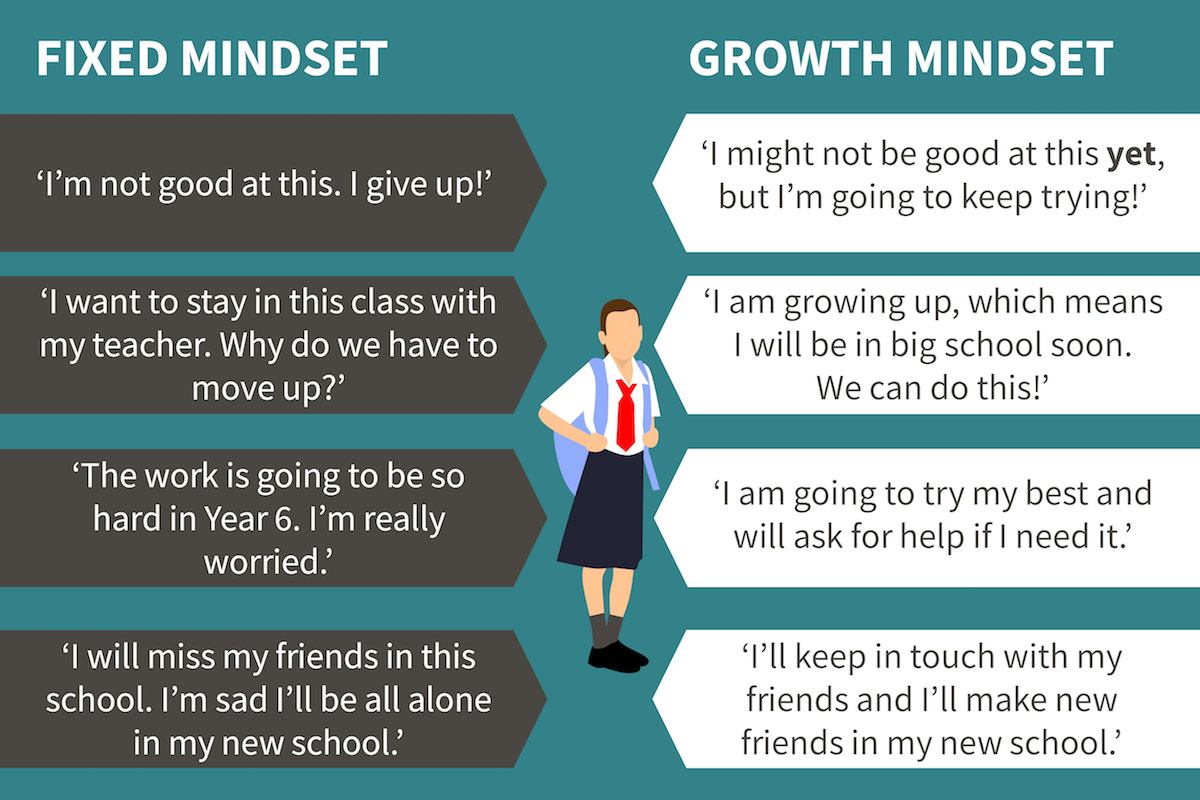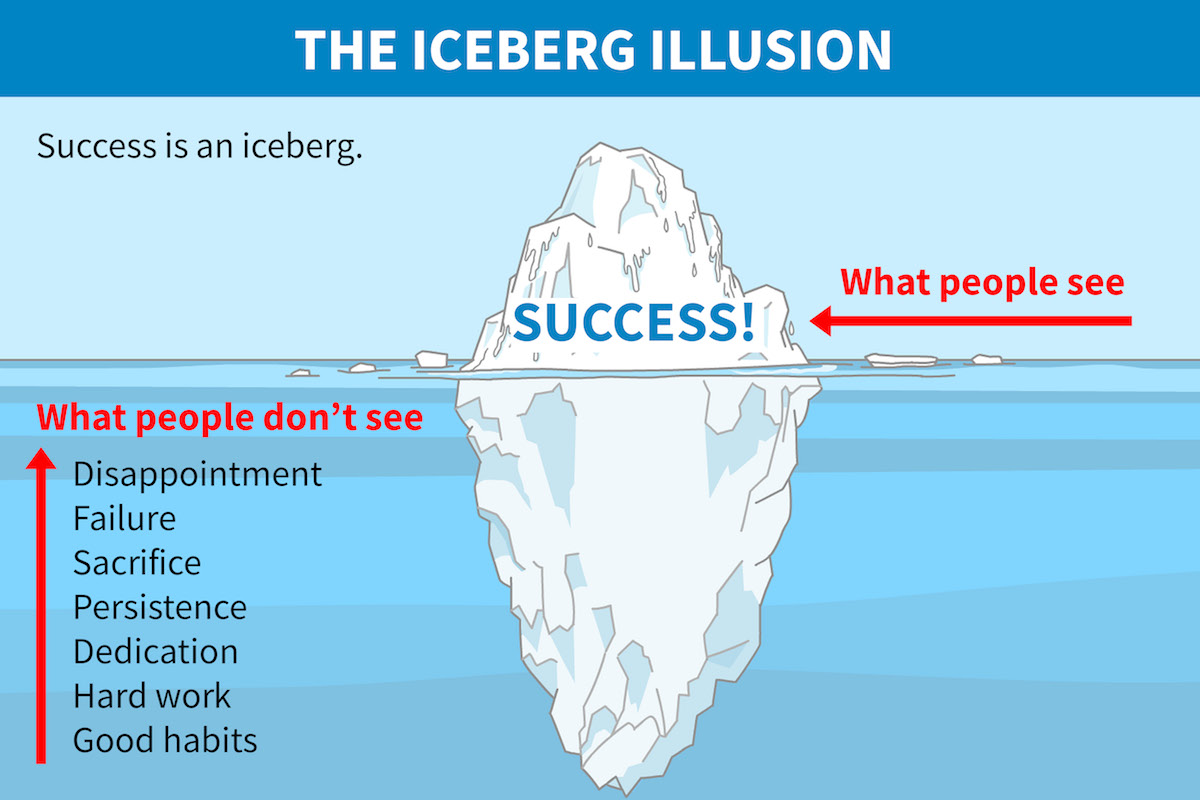News & Views

All change! Growth mindset for transitions
It's that time of year when students prepare to transition to a new class, start secondary school or move on to college. Change is a part of life, but at a young age, a sudden change of environment, friendship groups and familiar routines can induce feelings of anxiety, low esteem and overwhelm – impacting their mental health and wellbeing.
Around five students in a class of 30 experience mental health issues. It's important that the adults around them teach them the tools to develop emotional resilience and create safe and supportive spaces where children are seen and heard and feel that they belong. A great way to start is by teaching a growth mindset.
What is a growth mindset?
A growth mindset involves feeling fear and viewing difficult situations as a springboard to develop new skills, regulate emotional states and grow in confidence over time. It encourages children to explore a broader perspective, believe in themselves, gain resilience and persevere rather than give up if things get tough.
In contrast, a fixed mindset focuses on being 'good' at challenging activities the first time, even when we cannot control the outcome. This may involve having a negative bias when things go wrong with statements like 'I'm not good enough' and avoiding tasks for fear of making mistakes.
Research from Dr Carol Dweck indicates that having a growth mindset heightens children's ability to tackle life challenges rather than attempt to avoid them. This improves self-esteem and behaviour and helps children to understand their emotions during big life changes.
Here are five ways to help children develop a growth mindset:
1. Basic neuroscience
Teaching children that the brain controls all parts of the body, including where our thoughts and feelings come from, can be incredibly empowering and help build emotional resilience. With this knowledge and understanding, rather than being consumed with overwhelming emotions in the 'emotional brain' (limbic system) when big life changes occur, a child can learn the importance of regulating their emotions using their 'thinking brain' (neocortex).
We can also share that the left side of the brain is the logical, practical part of us and often contains fixed thinking patterns. Whereas the right side is more creative, exploratory and open to new concepts. There is no right or wrong, as both sides complement each other. Still, when students learn how to integrate the left and right sides of the brain through practising a growth mindset and other self-regulation activities, it can make all the difference to their wellbeing.
2. Mindset is everything!
All students have thoughts and feelings about themselves, their friendship groups, transitions, school work and many other areas. Our thoughts affect how we feel and our emotions impact the behaviour we see in the classroom.
According to the National Science Foundation, 80 per cent of our thoughts are negative and 95 per cent are repetitive. Fortunately, research has shown that mindsets can change relatively quickly because the brain is like plastic and can learn to adapt and create new connections. We can encourage students to track and reframe their thoughts (including self-talk) and notice how they feel. Here are some examples:

3. Draw the success iceberg
Learning through art and creative play are great ways to embed the principles of a growth mindset. The success iceberg is a visual which reminds children of efforts that took place beneath the surface (what people don't see) before they achieve their goals, including disappointment, mistakes, hard work and many sacrifices.
When children draw their own success iceberg about a previous transition (for example, moving from Key stage 1 into Key stage 2), it encourages them to reflect on how far they have come in their current school setting, what they've learned about themselves, and to praise and value their efforts. It also empowers them to use the word 'yet' more often – as shown in the table above: 'I can't do this yet, but I'm going to keep trying.'

After drawing the success iceberg, either as a class or individually, educators can help students celebrate success, recognise their efforts and build resilience with age-appropriate questions like:
- How do you feel when you look at your success iceberg?
- How did you overcome these challenges?
- How many times did you try before you achieved your goal?
- What did you learn about yourself?
4. Watch a growth mindset video
Another great way to simplify and explain a growth mindset to children alongside creative art is through drama and animated videos, like the following Developing a Growth Mindset video:
5. Celebrate mistakes
Making mistakes is part of being human – this is how we learn, develop and grow. However, the fear of making a mistake rather than perceiving it as a learning opportunity can keep a child in their 'comfort zone' and stop them from trying something new.
Educators need to model how they have made mistakes (or use examples of famous role models) and remind children they don't always get things right the first, second or third time. A growth mindset is about entering the 'stretch zone' and being open to new learning opportunities.
Celebrating mistakes can help children embrace new challenges, acknowledge that they are on a learning journey and reinforce that it may take several attempts but will be worth the effort. And when the goal is eventually achieved (for example, overcoming anxiety about moving to a new school), they'll be even more grateful that they believed in themselves and never gave up.
To summarise, a growth mindset encourages children to be self-reflective and kinder to themselves, particularly during big life changes like transitions. It's about being open to new perspectives and using their natural abilities to overcome challenges and thrive.
Enhance your pupils' resilience, self-belief and confidence with our Pupil Resilience Award.
About the author

Nicola Harvey is a former senior teacher, author and currently a digital mental health manager for a national youth charity. Her books, Mindful Little Yogis and Self-Care Activity Book for Kids, explore the importance of using inclusive wellbeing strategies to support children and young people. She is passionate about mental health and has a firm interest in mindfulness, diversity and inclusion. You can follow Nicola on Twitter @HarveyHeals.